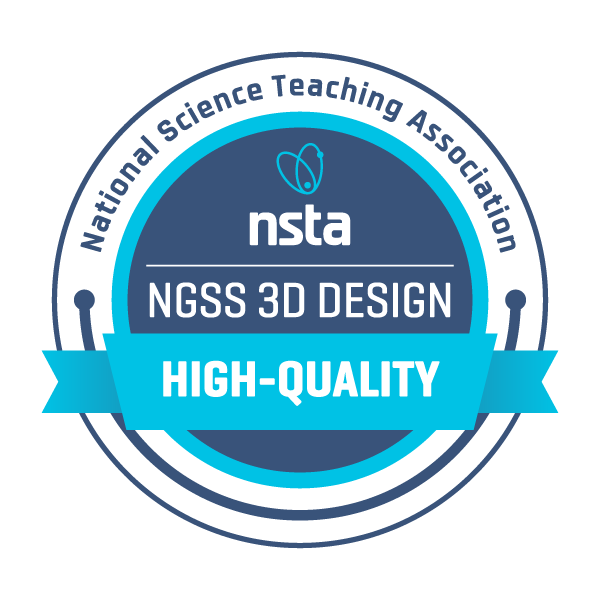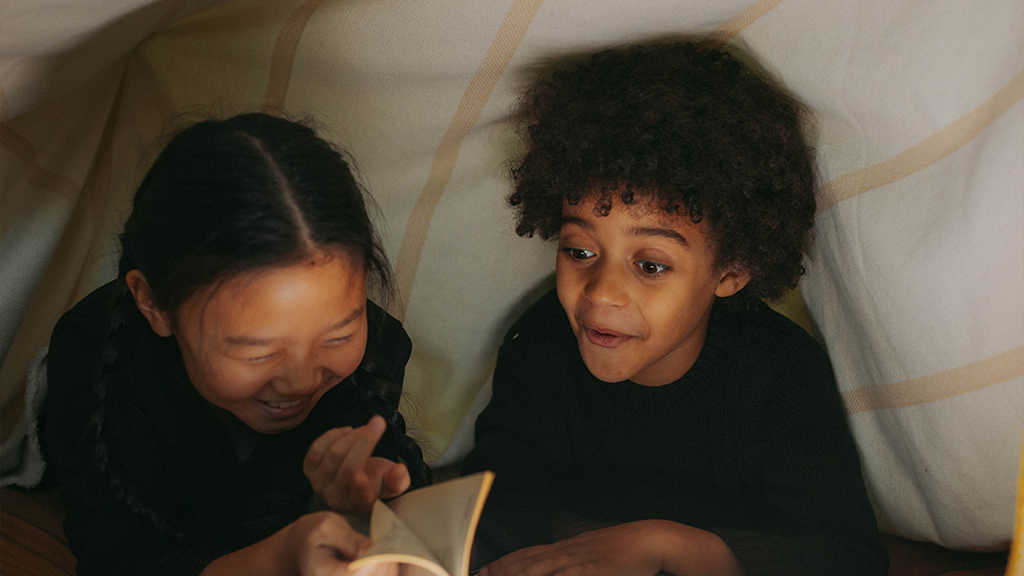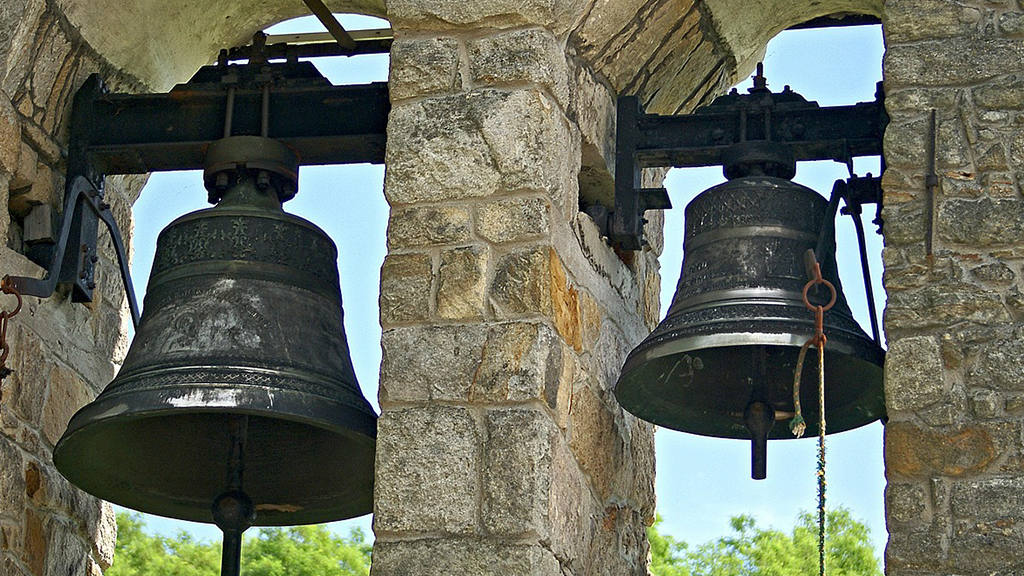Grade 1
NSTA EQuIP Reviews
The EQuIP Rubric for Science provides criteria by which to measure how well lessons and units are designed for the NGSS. This page houses NSTAs EQuIP Rubric Reports for Grade 1. Learn more about the review process.
1.1 Waves: Light
How can we read under covers when it is dark?
Developer | Score | Report | Awarded |
|---|---|---|---|
| OpenSciEd | Total Score: 9 E: Example of | Download Report (PDF) |  |
Unit Summary
Have you ever wanted to read, but it was too dark? Have you ever been reading under covers and been told to turn off the lights? This unit begins with a shared experience of trying to read in the dark under covers made of different materials. Students plan and carry out investigations together to produce evidence that can answer their questions about the phenomenon. Through these investigations, students gather data about how transparent, translucent, opaque, and reflective materials cause light to pass through, be blocked, or change direction. As the unit progresses, students use a new model to explain how they can successfully read under covers that block light. At the end of the unit, students apply these ideas to write an informational text to communicate information about reading under covers to members of their community.
1.2 Waves: Sound
How can we communicate using objects that make sound?
Developer | Score | Report | Awarded |
|---|---|---|---|
| OpenSciEd | Total Score: 9 E: Example of | Download Report (PDF) |  |
Unit Summary
Have you ever heard a sound and wondered what it means? Or how it was made? This unit begins with a shared experience of observing a clocktower (dong! dong!) making and sending a sound signal that people use to communicate the time. In the first part of the unit, students plan and conduct investigations to produce evidence to answer their questions about how objects make sounds and how we can know that sounds travel and are received. Students gather evidence that vibrating objects make sound and sound can make other objects vibrate. They use this evidence to develop a model for how the clocktower makes and sends sound that people can hear. In the second part of the unit, students identify messages people send using sound signals in their communities and decide that they want a better way to send good news messages across their classroom. Students then engineer their own sound signal devices by planning, building, and testing designs they can use to communicate good news to all of their classmates!
1.3 Space: Sky Patterns
What patterns of the Sun, Moon, and stars can we observe, describe, and predict?
Developer | Score | Report | Awarded |
|---|---|---|---|
| OpenSciEd | Total Score: 9 E: Example of | Download Report (PDF) |  |
Unit Summary
Have you ever wondered why it is sometimes light out but other times dark during evening activities, like going for a walk? Do you notice the Moon or stars in the sky sometimes but not all the time? Have you experienced the Sun shining in your eyes at times but not others? Students start by noticing and wondering about these phenomena. They make observations of the Sun in the sky to identify patterns in its changing position and use these observations to support claims about the Sun’s predicted location. Students also look at images and videos of the Moon and describe the same pattern of apparent motion as the Sun. They make observations of the sky and objects in it to describe patterns of what makes it daytime or nighttime. Finally, they describe patterns in the length of daytime and nighttime on different days, figuring out that daytimes are shorter or longer in different seasons because of changes in sunrise and sunset times. They use these patterns to support claims about the season in which specific morning and evening events occur.





